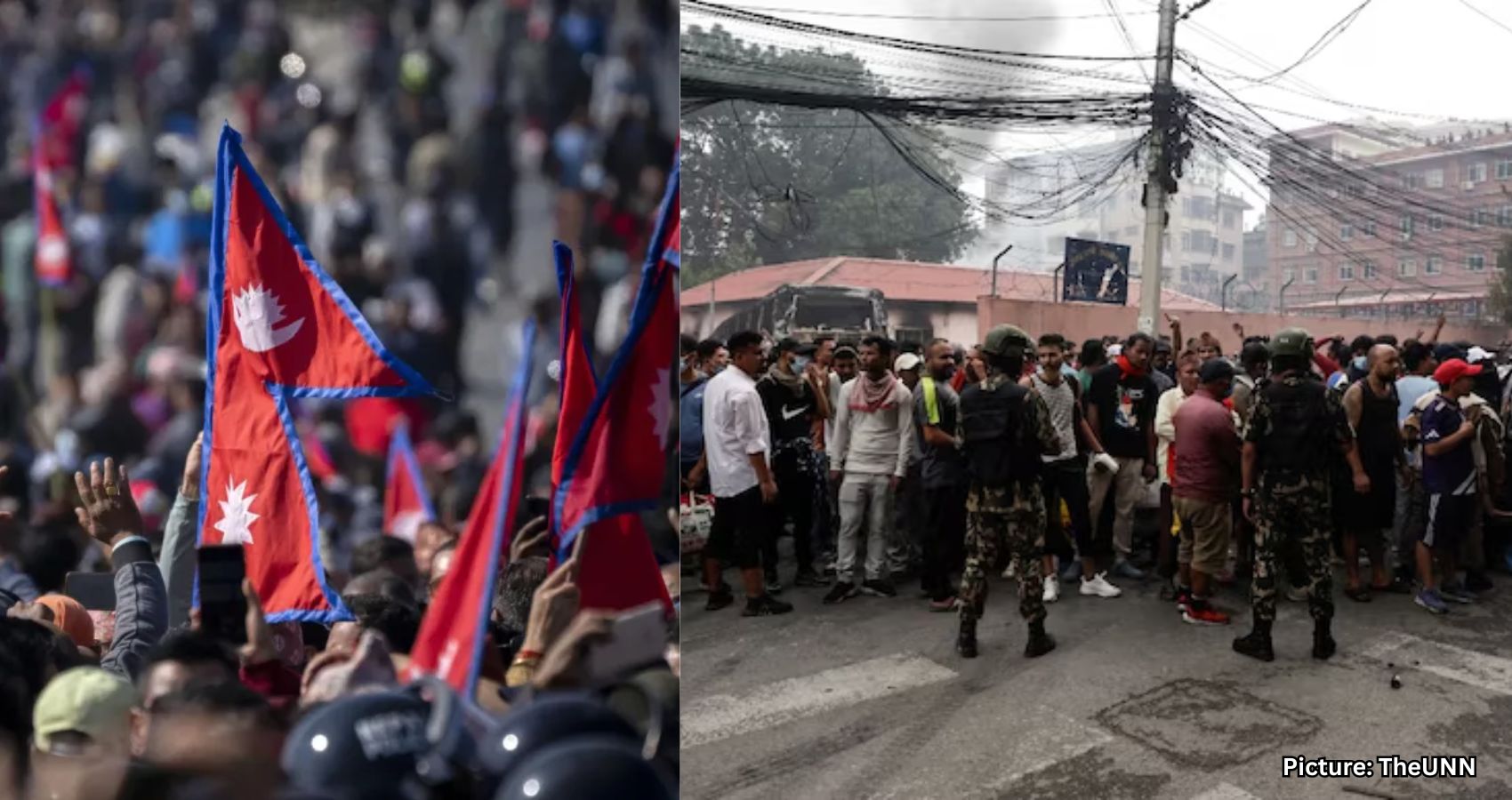India is closely monitoring the escalating internal conflict in Nepal, particularly among the Gen Z movement, as political instability raises concerns about the region’s future.
NEW DELHI – As Nepal navigates its path toward peace and democracy, reports of discord within the Gen Z movement have raised alarms, prompting India to keep a vigilant eye on the situation.
On September 18, the Nepal Stock Exchange experienced a significant downturn, plummeting 160.33 points. Trading was halted for the day after the index fell by 6 percent, closing at 2,511.91 points.
This abrupt decline reflects growing uncertainty among investors, many of whom are reacting to the political unrest and its potential ramifications for the economy, according to the Kathmandu Post.
The young protesters who played a pivotal role in toppling the previous government are not a unified front; instead, they are fragmented into various factions, each with its own leaders, platforms, and tactical objectives.
Conflict emerged earlier this week when a group of demonstrators, led by Sudan Gurung, gathered outside the official residence of interim Prime Minister Sushila Karki in Kathmandu. They were protesting the appointment of Om Prakash Aryal as the country’s Home and Law Minister in the interim cabinet.
The protesters asserted that they were instrumental in Karki’s rise to the premiership and warned that they could also orchestrate her removal if necessary.
Some members of the protest had previously voiced their opposition to Aryal’s appointment, advocating for a younger individual to assume the role of Prime Minister.
Among the names floated as a potential candidate was Kulman Ghising, a 54-year-old engineer currently serving in the cabinet with oversight of three portfolios. Ghising, who previously led the Nepal Electricity Authority, has been credited with addressing the country’s power challenges.
Notably, Aryal is said to have close ties with Kathmandu Mayor Balen Shah, who is alleged to have entered the cabinet through “self-nomination.” This perceived betrayal of the Gen Z movement’s democratic ideals has sparked discontent among some participants.
Shah, 35, is an engineer-turned-rapper-turned-politician who won the mayoral election as an independent candidate and has garnered significant support from Nepal’s youth. He was initially viewed as the protesters’ preferred choice to lead an interim government but declined the offer, instead expressing his support for Karki via social media.
Gurung, a prominent figure in the uprising, is the founder of Hami Nepal, a youth-led non-profit organization engaged in social work, particularly in the aftermath of the 2015 earthquake.
At 36, Gurung has transitioned from being an event organizer and DJ to a steadfast activist. However, his emotional demeanor has led to controversy; a viral video showed one of his supporters assaulting a journalist during a press conference on September 14, resulting in chaos at the event.
In light of the current unrest, security analysts are concerned about potential rifts among youth leaders. With online provocations from Pakistani netizens already underway, there is a fear that external forces may exploit the situation for their own interests.
Experts warn that this could heighten the risk of renewed unrest and could lead to arms smuggling and infiltration across the porous Indo-Nepal border.
Foreign powers may seek to manipulate the Gen Z movement to establish a parallel authority, potentially resulting in prolonged instability, echoing similar patterns observed in neighboring countries in the past.
As the situation unfolds, India remains watchful, aware of the implications that political turmoil in Nepal could have on regional stability.
Source: Original article

